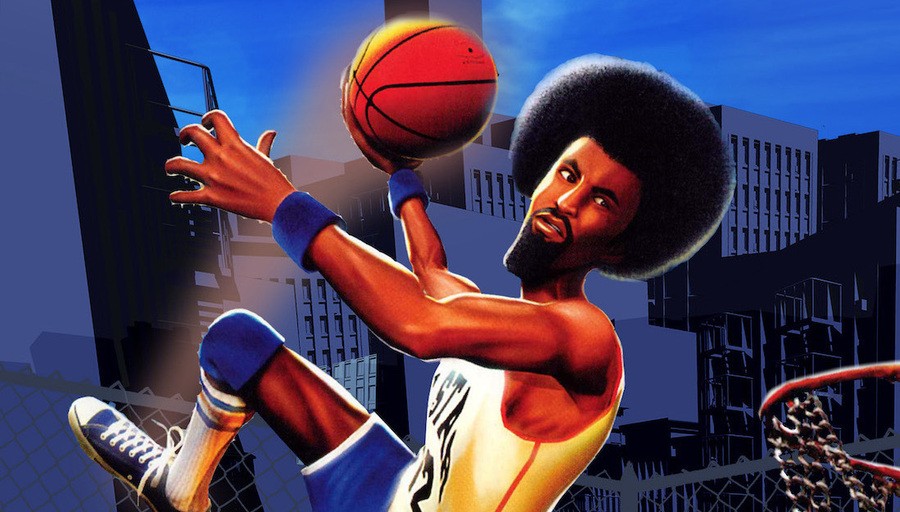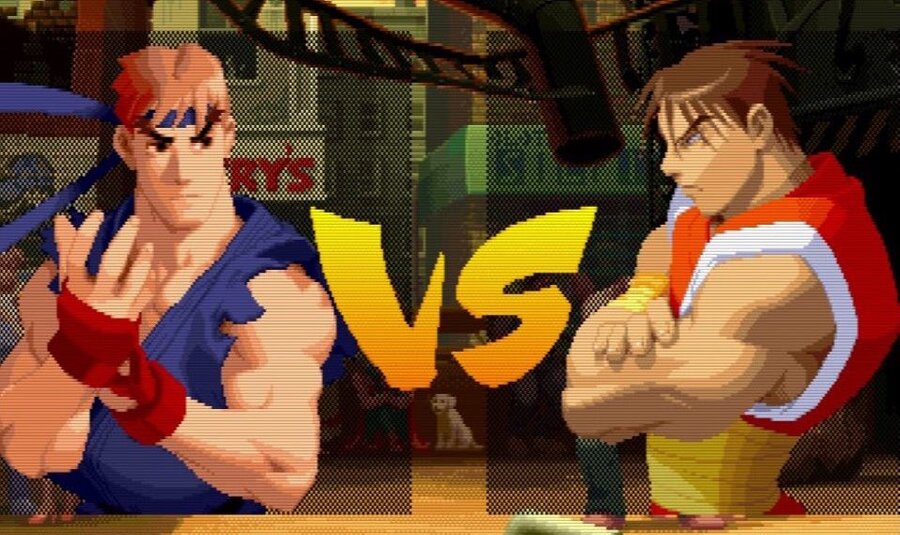
As we've explored in the past, NBA Street was never a sure thing, with the game's executive producer Stanley Chow having to put his own job on the line in order to save the project from the chop, but even that doesn't necessarily cover just how hard it was to get NBA Street out the door.
As the art director Daryl Anselmo, producer Wil Mozell, and lead designer Josh Holmes, tell us during a series of interviews, the game struggled, especially early on, to establish an identity and justify itself to the EA leadership. That is until the three found inspiration from an unlikely source: fighting games.
According to the three men, they had previously worked together on NBA Live for several years but were getting sick of making the same basketball game over and over. They pitched action games, RPGs, and anything else they could to EA Vancouver, to try and break out of the cycle, but the studio heads were reluctant to take a gamble on something that wasn't sports-related at the time.
So, with an eye on what the developer Midway was doing with NBA Showtime and NFL Blitz, the three set out to bridge the gap between what they were already making and what they really wanted to do. They called it NBA Street.
NBA Street was a different kind of basketball game to what they had made before, with smaller 3-player teams, exaggerated locations, and arcade-y physics, but the three leads felt it was missing something. Then, one day, while playing fighting games they came up with what would arguably be NBA Street's signature feature: the Gamebreaker. This was an unlockable trick shot that would reward players and punish their opponents. The account of who was involved in its creation differs depending on who you ask, with Mozell claiming that he and the designer Josh Holmes were responsible, while Holmes claims Daryl Anselmo also had a part to play in its development.
As Holmes tells Time Extension, "We were playing Street Fighter Alpha 2 at the time, and Daryl (Anselmo, my co-creator on the original) and I talked about how we could use a similar mechanic [to the special moves] to punctuate the game to deliver more excitement and spectacle."
"I’ll take some credit for the [...] idea," Anselmo adds, laughing. "I’m a huge fighting game fan. Twenty years ago I was playing Tekken Tag Tournament, Street Fighter Alpha 2 specifically, and Rival Schools non-stop. If you looked at my game collection, it was all fighting games."

According to Anselmo and Holmes, the Gamebreaker was a pivotal moment in the NBA Street's development and was important in contributing to the identity of the Street games going forward. But it didn't arrive fully formed. They did some rough in-game prototyping with the meter and scoring system and produced some visual treatments outside of the engine.
In the original iteration, you would perform flashy tricks to raise this meter, but after it was implemented it became apparent that someone could essentially spam the same move over and over. That's when Chow, who was head of the NBA teams came to the rescue again.
"Stan brought me into his office and suggested that we look at combos as a way to add more depth and discovery to the game," says Holmes. "It was a great suggestion and once we added that element, the creativity level in the game skyrocketed. Players were now explicitly rewarded for combining tricks in unique ways; if you kept repeating the same sequence of moves it would bore the audience and therefore result in less points toward your Gamebreaker. It really clicked with our vision for the gameplay."
Chances are if you've played any of the Street games, you'll be familiar with the Gamebreaker system. It pretty much became a hallmark of the Street series moving forward, being used in NBA Street's various sequels and spin-offs, albeit with some alterations here and there. But until now, you probably weren't aware of just how influential fighting games were on the game. Particularly Ryu and friends.







Comments 1
I remember my mate coming round my house in secondary school and choosing NBA Street Vol 2 on the GameCube to play. I asked him if he'd ever played it before and he said no.
Then he proceeded to whoop me for an hour. I asked if he was sure he never played it before. He said he had definitely never played it before.
The next week, I went round his house and what did I see on his shelf? NBA Street Vol. 2
Tap here to load 1 comments
Leave A Comment
Hold on there, you need to login to post a comment...